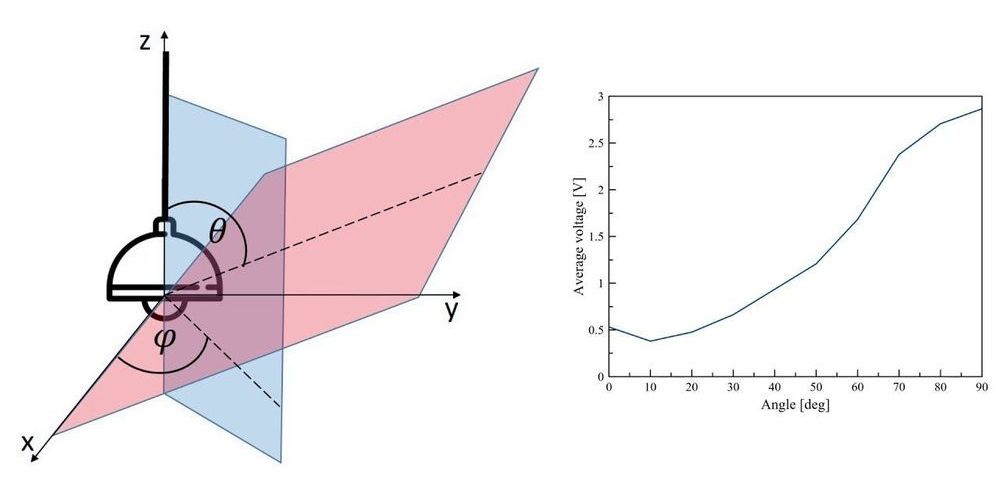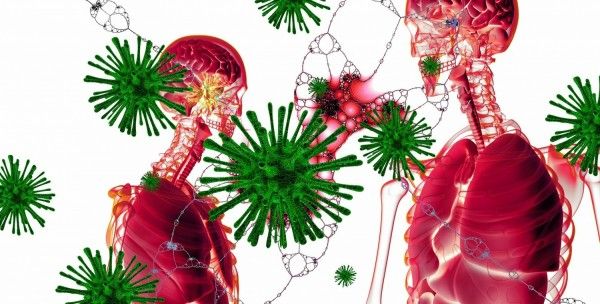Jun 17, 2020
How Elon Musk aims to revolutionise battery technology
Posted by Kelvin Dafiaghor in categories: Elon Musk, sustainability
Incredible Elon Musk
Could the least exciting bit of Elon Musk’s empire end up being the most transformative?
Incredible Elon Musk
Could the least exciting bit of Elon Musk’s empire end up being the most transformative?
CLEW, an Israeli medtech firm specializing in real-time AI analytics platforms, received approval from the United States Food and Drug Administration (FDA) for its “Predictive Analytics Platform in Support of COVID-19 Patients,” the company announced Tuesday.
The Intensive Care Unit (ICU) solution was given Emergency Use Authorization (EUA) by the FDA so that it may be implemented within the United States’ health system as soon as possible.

In an era of digital eavesdropping where hackers employ a variety of means to take over built-in video cameras, peruse personal digital data and snoop on cellular conversations, researchers have finally seen the light.
Literally.
Continue reading “Light bulb vibrations yield eavesdropping data” »
Intel Corporation announced Monday that its forthcoming Tiger Lake processors will pack a defense mechanism against Spectre-type malware attacks.
Spectre vulnerabilities allowed hackers to break into systems using Intel processors manufactured over two decades and steal passwords, personal photos, emails and other sensitive data stored in the memory of other running programs.
Such control-flow hijacking attacks have always been difficult to mitigate through software programs. Intel’s new Control-Flow Enforcement Technology (Intel CET) will install CPU-level defense mechanisms to combat such assaults.
The search for viable coronavirus infection treatments is still ongoing. Many doctors are taking a second look at as many different existing drugs and medication as possible in the hopes of finding a solution. Now, experts are also eyeing to a “little blue pill” or Viagra: nitric oxide.

It’s not all doom and gloom in the energy markets: renewable energy capacity is expected to grow in 2020.
Nutrition has profound effects on ageing and lifespan. Caloric restriction is the major nutritional intervention that historically has been shown to influence lifespan and/or healthspan in many animal models. Studies have suggested that a reduction in protein intake can also increase lifespan, albeit not as dramatically as caloric restriction. More recent research based on nutritional geometry has attempted to define the effects of nutrition on ageing over a broad landscape of dietary macronutrients and energy content. Such studies in insects and mice indicate that animals with ad libitum access to low-protein, high-carbohydrate diets have longest lifespans. Remarkably, the optimum content and ratio of dietary protein to carbohydrates for ageing in experimental animals are almost identical to those in the traditional diets of the long-lived people on the island of Okinawa.
A human embryo editing experiment gone wrong has scientists warning against treading into the field altogether.
To understand the role of a single gene in early human development, a team of scientists at the London-based Francis Crick Institute removed it from a set of 18 donated embryos. Even though the embryos were destroyed after just 14 days, that was enough time for the single edit to transform into “major unintended edits,” OneZero reports.
Human gene editing is a taboo topic — the birth of two genetically modified babies in 2018 proved incredibly controversial, and editing embryos beyond experimentation is not allowed in the U.S. The scientists in London conducted short-term research on a set of 25 donated embryos, using the CRISPR technique to remove a gene from 18 of them. An analysis later revealed 10 of those edited embryos looked normal, but that the other eight revealed “abnormalities across a particular chromosome,” OneZero writes. Of them, “four contained inadvertent deletions or additions of DNA directly adjacent to the edited gene,” OneZero continues.
For the first time, a spacecraft has sent back pictures of the sky from so far away that some stars appear to be in different positions than we’d see from Earth.
More than four billion miles from home and speeding toward interstellar space, NASA’s New Horizons has traveled so far that it now has a unique view of the nearest stars. “It’s fair to say that New Horizons is looking at an alien sky, unlike what we see from Earth,” said Alan Stern, New Horizons principal investigator from Southwest Research Institute (SwRI) in Boulder, Colorado. “And that has allowed us to do something that had never been accomplished before — to see the nearest stars visibly displaced on the sky from the positions we see them on Earth.”
On April 22–23, the spacecraft turned its long-range telescopic camera to a pair of the “closest” stars, Proxima Centauri and Wolf 359, showing just how they appear in different places than we see from Earth. Scientists have long used this “parallax effect” – how a star appears to shift against its background when seen from different locations — to measure distances to stars.
SpaceX could use the electric skateboard of the Cybertruck to build all the of vehicles that they need for a lunar mining operation. About twenty-five to thirty cybertrucks could be delivered to the moon with every SpaceX Starship.
A lunar base and mining operation would lower the cost for lunar operations by 70 times and by ten times for high earth orbit. A lunar mining operation would also lower the cost of operations to Mars and the SpaceX plans for a city on Mars. Before, Elon Musk makes a city on Mars using a dozen fleets of one hundred Starships he will build a mining town on the moon.
Hypebeast has rendered a Tesla Cybertruck as a six-wheel lunar rover.
